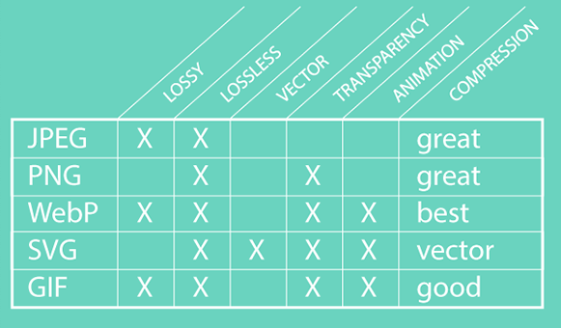Communication is an excellent predictor of success in any organization, but it can be hard to empathize across different teams. For instance, designers that lack development experience may not understand how long it takes to build a new feature. These kinds of misunderstandings can lead to stress and frustration on both sides.
Let's take a closer look at five common mistakes UX designers make that can lead to problems with developers.
#1. Unrealistic Expectations
Many UX designers don't appreciate how long it takes to develop a feature. For instance, a simple design change might require updating tests and backend APIs before a front-end change is even possible. Without development experience, designers may have difficulty understanding these behind-the-scenes requirements.
The best way to prevent misunderstandings is through regular communication with the development team. In particular, designers should meet with developers and stakeholders to discuss each new set of features and understand their impact on development timelines. The goal is to ensure that there's a mutual understanding before writing any code.
Behavior-driven development (BDD) is a helpful exercise to improve communication without introducing a lot of overhead. The process involves a meeting between a designer, developer, tester, and product manager to discuss any new feature before pulling it into production. In addition, automated tests help ensure everyone is on the same page.
#2. Deviation from Standards
UX designers operate with few constraints in programs like Figma or Sketch. However, developers must always work within the constraints of a browser or operating system. For instance, a designer might create a custom date picker for an iOS app, but it could introduce a massive challenge to developers relative to the built-in date picker.
Before beginning any project, UX designers should take the time to understand the platform constraints and built-in options. These actions are particularly essential for mobile apps, where users are accustomed to using built-in date pickers, toggles, and other UI elements. If customization is necessary, it's a good idea to consult a developer first.
Style guides and component libraries are an excellent way to avoid these problems. By agreeing upon these constraints before beginning a project, designers have a clear canvas of possibilities, and developers have a good idea of the scope. Building and re-using the same components across projects can also help save a lot of time.
#3. Missing Necessary Details
Many UX designers fail to include empty states, hover states, disabled states, or other states for UI elements. Without these various states, developers must either wait for changes or improvise to keep the project on track. And in some cases, improvisations might prove detrimental to the overall UI aesthetic or user experience.
UI element checklists and style guides (as mentioned earlier) can help avoid these problems. By having a list in place for various states, designers can easily ensure that they're meeting the requirements and providing all necessary information. In addition, it's a good idea to have a quick communication channel in case any questions arise.
#4. Providing the Wrong Formats
Graphic formats may not seem incredibly important for UX designers, but they can significantly impact load time and other development priorities. For instance, many developers prefer SVG formats that scale to any size. If a designer only provides JPEG images, developers may have to make a separate request or accept worse performance.
As with unrealistic expectations, designers should ask what format developers need during the planning stages. Using the right tools, it's easy to export to any required format.

Comparison of different web graphic types. Source: WooFrance
Some general rules include:
WEBP images are ideal replacements for most JPEG, GIF, and PNGs, handling animations, still images, and transparency.
SVG images are great for logos and vector graphics, particularly on Retina or high-DPI screens.
#5. Poor Communication
Software development involves much planning to avoid technical debt and performance issues. For instance, UX designers that fail to communicate the need for a "dark mode" at the onset of a project could create a lot more work for developers down the road. But, if the long-term goal is evident at the start, it's much easier to make add-ons.
While it's not always possible to know the project scope in advance, UX designers should always communicate what they know to enable developers to plan ahead for implementation. For example, by knowing dark mode will be a future requirement, developers could create scope for their color scheme, making it easier to switch in the future.
The Bottom Line
Many UX designers lack development experience (and vice versa), which can introduce communication challenges. By understanding familiar sources of frustration, designers can minimize friction with development teams and keep everything running smoothly. Development teams may also want to consider using BDD or other communication strategies.
If you need outside help with UX design, we can efficiently work with your development team to create exceptional user experiences. Our team has over ten years of experience specializing in connected device projects, working from conceptualization to building digital products that work efficiently with physical devices.

Greg Cargopoulos
Marketing Lead

